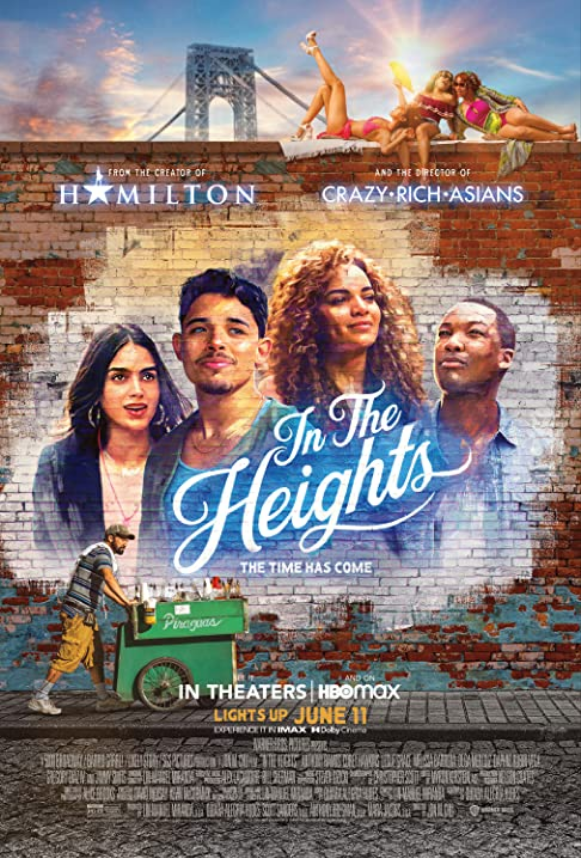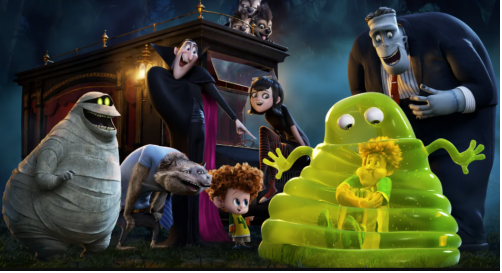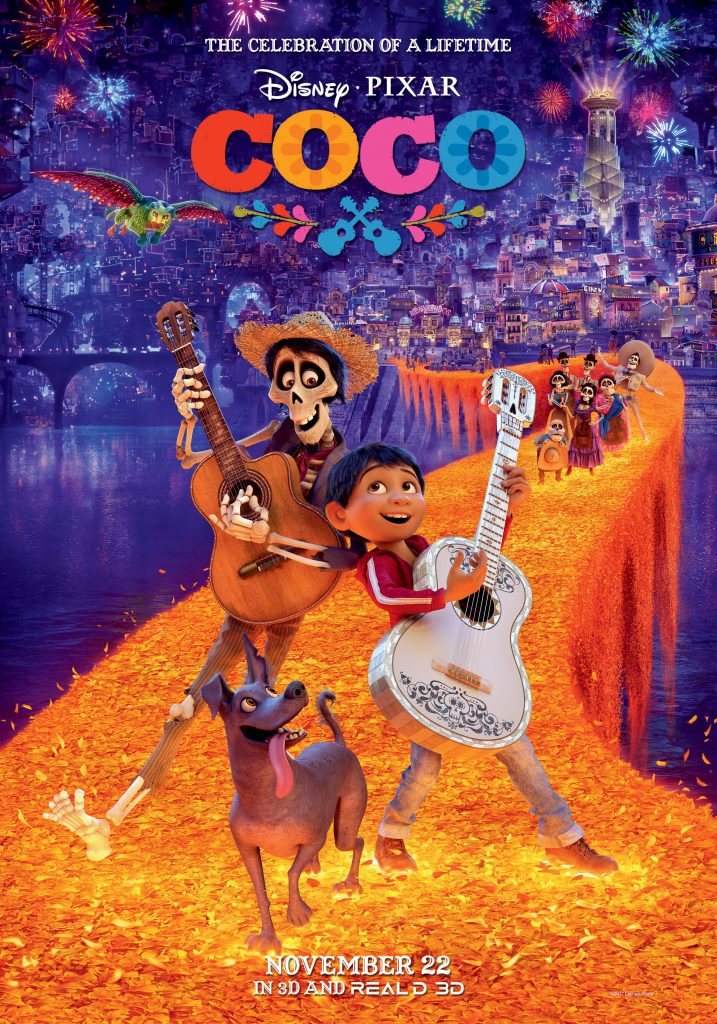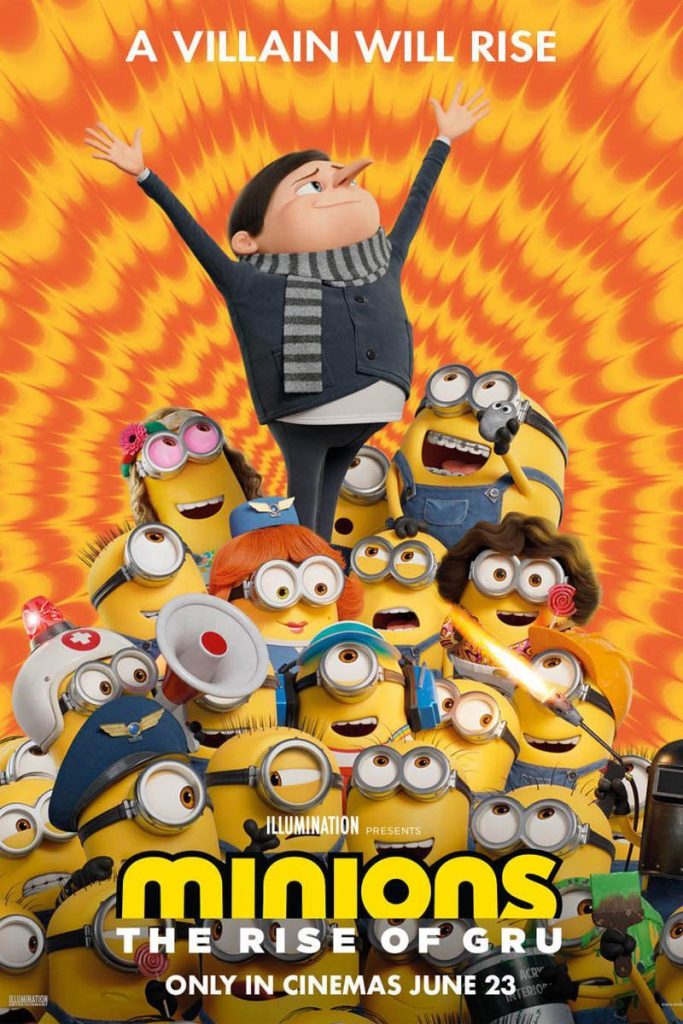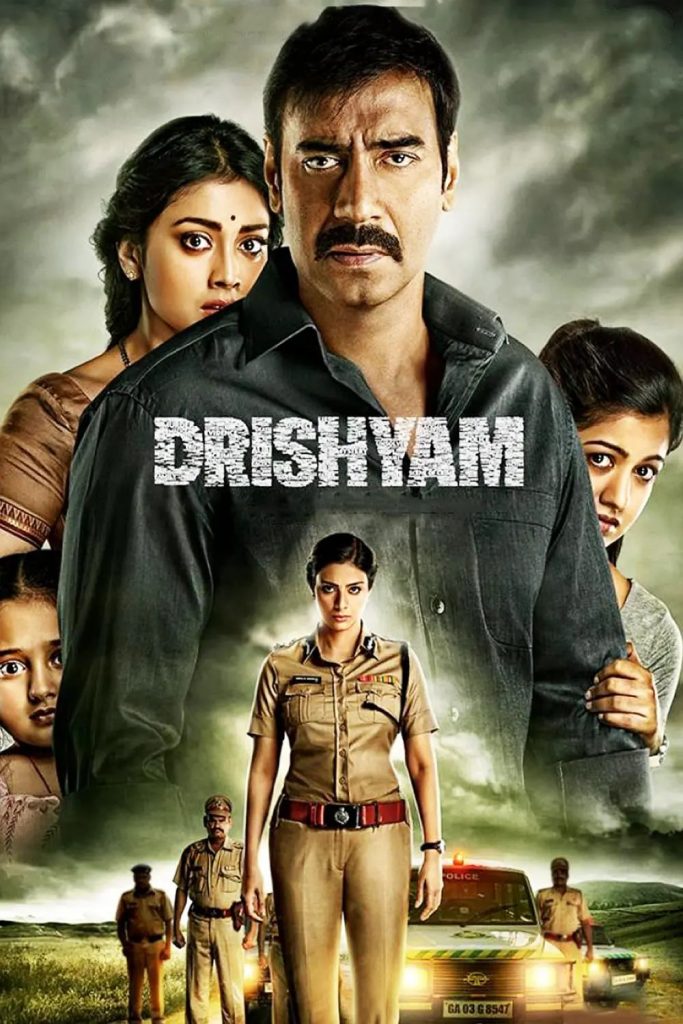This is the story of a young man chasing his dreams. The grocery shop owner who dreams of returning to her hometown, the girl who worked hard to get into Stanford hoping she could wrap herself in a halo only to find that it wasn’t to be, the boy who worries that his crush’s parents won’t accept him, the girl who is desperately trying to save money to move to downtown New York, and Grandma Claudia, the eldest of the neighbourhood kids …… They are a group of Latinos, the descendants of years of immigrants, living in Washington Heights, New York, but having a hard time getting a foothold in New York because of who they are. For them, it seems too extravagant to say that they are following their dreams. But each one of them has big dreams and visions, each one sings about them in songs and shines with the effort to have a better life.
On a street outside the 181st Street underground station, by a bustling intersection, they blossomed with enthusiasm and dreams in a vibrant, harmonious and united community. With relaxed melodies, we could feel the light of life in each dance step as each person performed their own story, and we could sense the fullness of life in each changing expression. In the rousing music and passionate dance, we meet the intimate and subtle relationships of the characters, and we are also infected by the bright and energetic performances. Through the various aspects of the lives of ordinary people, we see the small corners of the world and the resonance that can be projected into our own lives through the small episodes of life.
In the Heights brings out the harsh realities of society and allows the story to be told in a fantastical way, in the same way as the play about how people have fun against the heat when the power goes out, and how we should face the difficulties of the moment. It lights up the streets with the light of dreams, but also celebrates the joys and sorrows of small people following their dreams through the classic style of song dialogue and dance.
It is also a story with immigration at its heart. The setting of In the Heights in New York’s Washington Heights is a clear indication of what is in mind. During the American War of Independence, George Washington built Fort Washington, the highest area in Manhattan, as a fortress. In the early 20th century, it was home to Irish and Eastern European immigrants, and as the area evolved and developed, the influx of Latinos, particularly from the Dominican Republic, in the 1960s and 1970s made Washington Heights a community with a strong South and Central American flavour.
So, in the profile of the community structure of In the Heights, we see a richly diverse but mutually agreeable culture, communities of all backgrounds and classes getting along and understanding what they have in common with each other. But no more than that, each of them has their own problems and worries. The story keeps talking boldly about “chasing your dreams”, and from time to time it talks about “little dreams”, but it is not a silly, sweet idol story about a dream that will lead to success. We can see the struggles and difficulties behind the characters in their settings.
This is the basis for the story’s resonance, and the anchor point for us to empathise with outside the story. In terms of what the protagonists have in common, they are all descendants of immigrants. They are the descendants of immigrants who have settled in the United States, but whose identity has caused them to waver from their “home”.
This is not just a doubt, but a self-questioning and a quest. Perhaps it is too difficult to follow our dreams, perhaps we are forced by reality, or perhaps this is not the home we want to live in. This is a pain point for many immigrant offspring, as well as for many children of Chinese descent. Leaving is a belief and a goal, but how can we just leave when this was once our roots? When everyone leaves because they don’t like the place, who can defend our home and keep the legends we once had?
It’s hard to stay and live in style, and it’s not as easy as you think to say you’re leaving, but the best of both worlds is what everyone wants, but how easy is it? It’s a sad search for where you belong, but it’s a sad search for where you belong.
In the Heights’ is a simple story of a small community, a story that speaks to the difficult truths behind every person’s life, and asks the question: what is the point of following your dreams? Is it for yourself, for your family or for your friends? Is it for yourself, for your family, for your friends? Is it for your true self, but behind the scenery, is it what you think? “How can we determine the meaning of “success” when it is lived in the shadow of others? All these scenarios are set in a way that jumps out of the way of the human feelings in the story, and brings a little touching to the small climax and sublimity at the end.
If The Goldbergs is a rhapsody for yellow people, then In the Heights can be called a love letter to Latin culture. Chinese-American director Chu Ho-wai nests his own background in the poignant strokes of his work and once again, after a gap of three years, focuses on the lives of ethnic minorities. But this time there is no comedy and no absurdity, but rather the bitterness of the human condition.
Not only does it show the resilience of an alien community trying to find its roots in America and find its own identity, but it also includes a lot of Spanish and Central and South American cultural flavours. It seems to whisper that following one’s true self is the most beautiful colour.
Overall, with minimal dialogue, it speaks to one of the most visceral hot topics of the moment, racial integration. Of course, its brightest feature has to be the song and dance vernacular.
In the Heights has a passionate and energetic atmosphere that gives audiences a unique experience rarely seen in many dance and song films of the past. The film features a number of large scale scenes shot on location, incorporating the geography and landscape of the setting, combined with over-the-top artwork and audio-visual language, turning the small street dance of yesteryear into a large scale Broadway-style street dance, portraying a sensory-opening reality.
Director Chu Ho-wai’s style of scene scheduling can already be seen in the opening street dance sequence designed to introduce the characters in a fourth wall breaking technique. The pace of the characters and the various everyday sound effects are used as beats, and the many cinematic stems of song and dance are paired as respite, after which there is no repetition or redundancy in the style of the scenes.
Director Zhu Hao Wei himself has mastered the rhythmic touchpoints of different dance genres, and with a blend of Spanish and English lyrics, hip-hop, rap, pop and other ethnically diverse elements, the choreography for each scene is exquisite. The lightness of the pool scene successfully proves the director’s ability to tell a story through song and dance, and the post-production visual effects of the scene where the protagonist chases his dream is a stunning visual effect.
Some would say that this is how the original Broadway musical was designed. But the ability to visualise a musical as a real-life medium into a big-screen spectacle of song and dance is not for everyone. The structure of the small community of Washington Heights allows for a wide range of song and dance scenes, making In the Heights more groundbreaking than similar song and dance films. The film is one of those song and dance films where almost all the dialogue is sung, and even the inner emotions are brought to life in the form of singing.
In the Heights breaks down the barriers and sharpens the edges of the de-conformity. This one-shot effect, in the director’s flexible and realistic narrative, allows us to delve into the inner world of the characters while echoing the racial integration of the story’s setting.
Objectively speaking, “In the Heights” takes the experience of “Dancing My Life” and the artistic language of Justin Bieber’s personal documentary, and combines it with the commercialism of the big-budget action films “Special Forces 2: The Full Monty” and “The Thing 2” over the years.
But this is only the beginning in the history of cinematography in general. In the Heights’ branching threads are redundant and cumbersome due to the inherent problem of a song and dance film that is heavy on picture and sound but heavy on narrative. This is evident in the fact that every character has a solo. You’d say it’s a multi-line narrative story in its own right. But when a story tries to portray all the characters’ tangled relationships and backgrounds in full force, it also loses focus and makes the whole plot as unwieldy as a bun.
It’s like talking about chasing a dream and talking about love, but what do they do and what do they get out of the way? Likewise, the so-called racial integration can be seen as a trick to dredge up social hot buttons and harden the proposition of the times. Even the film’s adaptation of the musical, which does not include a selection of song and dance scenes for the visualisation process, will have many people jumping between the inside and outside scenes for those who have no affection for the original.
But if you come to see it on a summer’s day, you may think that the sense of summer youth created by “In the Heights” could be an odd way to dissipate this obsession of the film’s vertical fans. Set on the hottest of summer days, and against the backdrop of the blackout of the century, the story is perfectly suited to the style of summer, and we can feel the ‘heat’ of the story from the inside out.
In the Heights” is also “hot” with “hot”, with plenty of summer elements to cool us down. Sun and beach, pool dancing, shaved ice and ice-cream battles …… These thoughtful summer settings also make “In the Heights” “hot and cool”. Anyway, it all depends on your attitude, your expectations and your posture.
